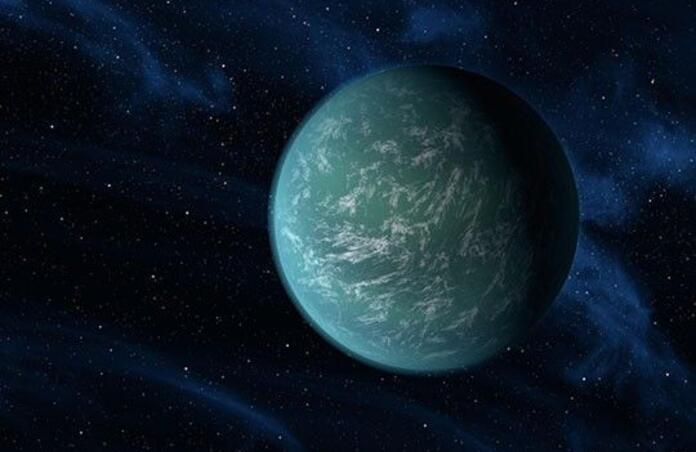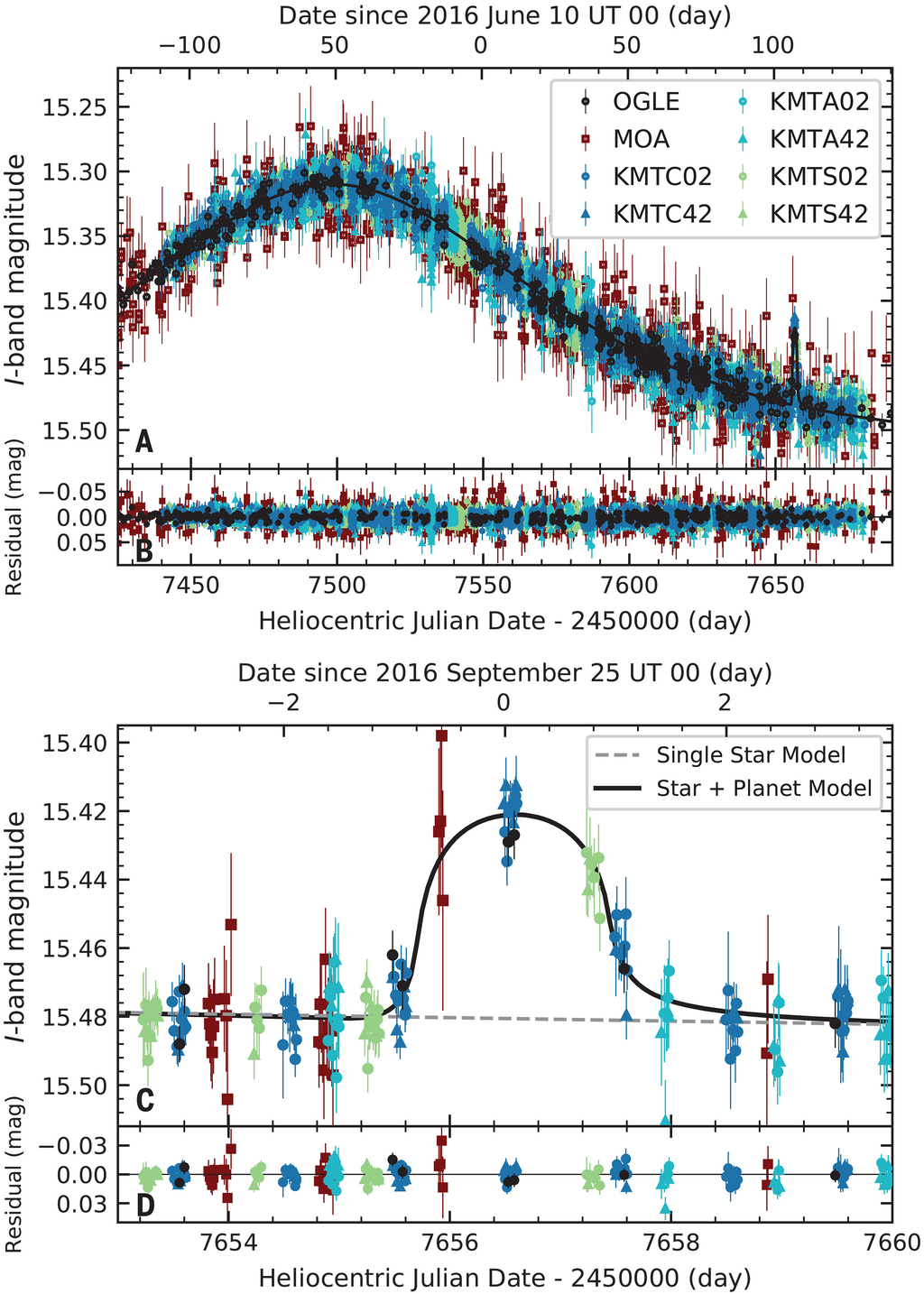Study finds that super-Earth exoplanets are more common than we thought

A group of international researchers have found that super-earths are more common across the universe than we previously thought. The study suggests that these exoplanets can exist at wide orbits, as far as the solar system gas giants are to the sun.

The team combined observations from a newly found super-earth with a larger sample of similar exoplanets detected through microlensing. Microlensing is an observational effect which occurs when a mass warps the fabric of space-time. For example, when a foreground object lies between an observer and the background object e.g. a distant star, light from the background source follows a curved path, resulting in a magnification in the brightness. Astronomers can utilise this magnification to detect the presence of an exoplanet, which is how the super-earth OGLE-2016-BLG-0007 was found at an orbit larger than Saturn’s.
The Korea Microlensing Telescope Network (KMTNet) comprises three powerful telescopes located in South Africa, Chile and Australia. The telescopes routinely comb the cosmos for these rare microlensing events. Astronomers used exoplanets discovered with the KMTNet to estimate the frequency of super-earths. Although it is challenging to detect planets are further out orbits, for every three stars at least one should host a super-earth with a Jupiter-like orbit. Therefore, such planets are more common than we thought.
"Scientists knew there were more small planets than big planets, but in this study, we were able to show that within this overall pattern, there are excesses and deficits," said Andrew Gould, co-author of the study and professor emeritus of astronomy at the Ohio State University. "It's very interesting."
Finding such planets allowed the team to separate exoplanets into two groups: super-earths/Neptune-like and gas-giants. This is a starting point for astronomers to gain a better understanding of the distribution of exoplanets, and how this can be explained by their formation and evolution processes.
The results were compared to theoretical planet formation simulations, where it was seen that although exoplanets can be grouped by the mass and composition, formation mechanisms can vary. "The dominant theory of gas-giant formation is through runaway gas accretion, but other people have said that it could be both accretion and gravitational instability," said Gould. "We're saying we can't distinguish between those two yet."
To better understand this further, a plethora of long-term data from systems such as KMTNet is needed. "Finding a microlensing star event is hard. Finding a microlensing star with a planet is hard-squared," he said. "We have to look at hundreds of millions of stars to find even a hundred of these things." These alignments are so unlikely that only 237 out of over 5000 exoplanets have been identified using microlensing.
Most notably, it was scientists in Ohio State's Imaging Sciences Laboratory who designed and built the Korean Microlensing Telescope Network Cameras (KMTCam) that the system relies on to identify exoplanets. And as technology continues to evolve, having dedicated, global collaborations like this one will turn visions of scientific theory into real discoveries, said Richard Pogge, another co-author and professor of astronomy at Ohio State.
--
Cover image: NASA
Journal reference: W. Zang et al., Microlensing events indicate that super-Earth exoplanets are common in Jupiter-like orbits. Science, 2025; 388 (6745): 400 DOI: 10.1126/science.adn6088
